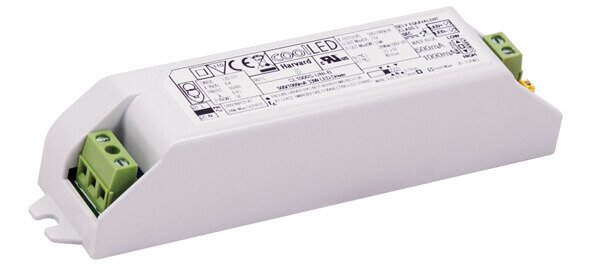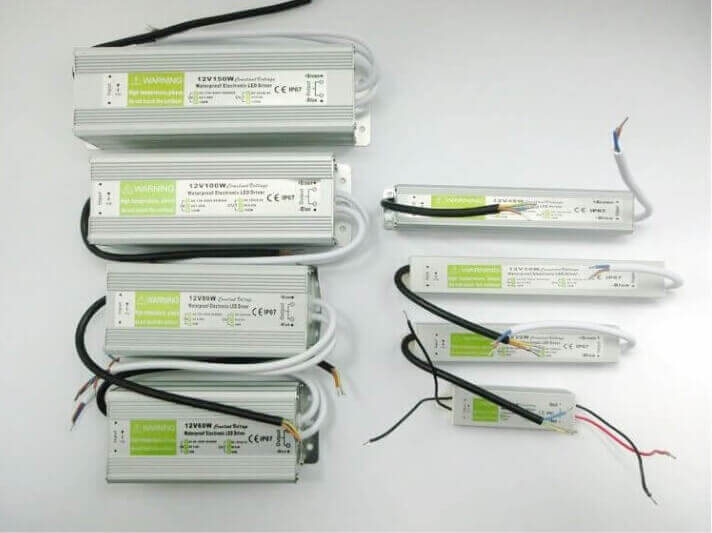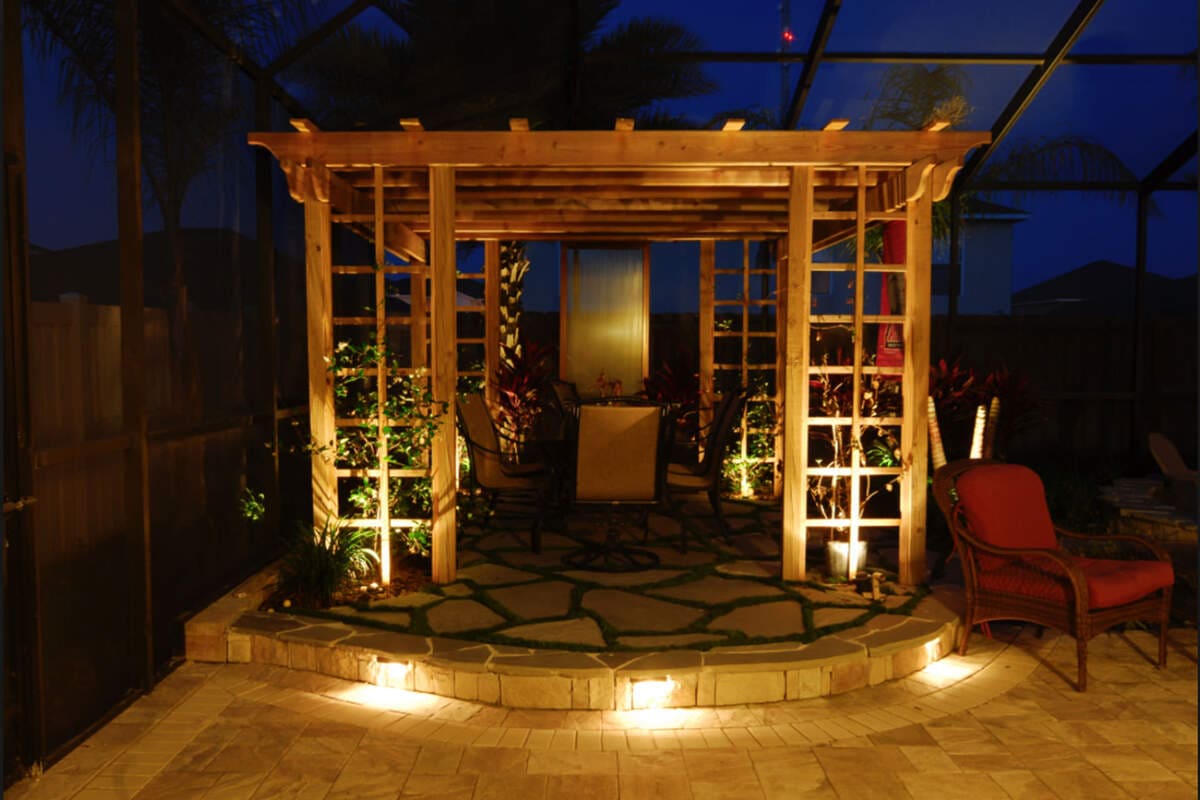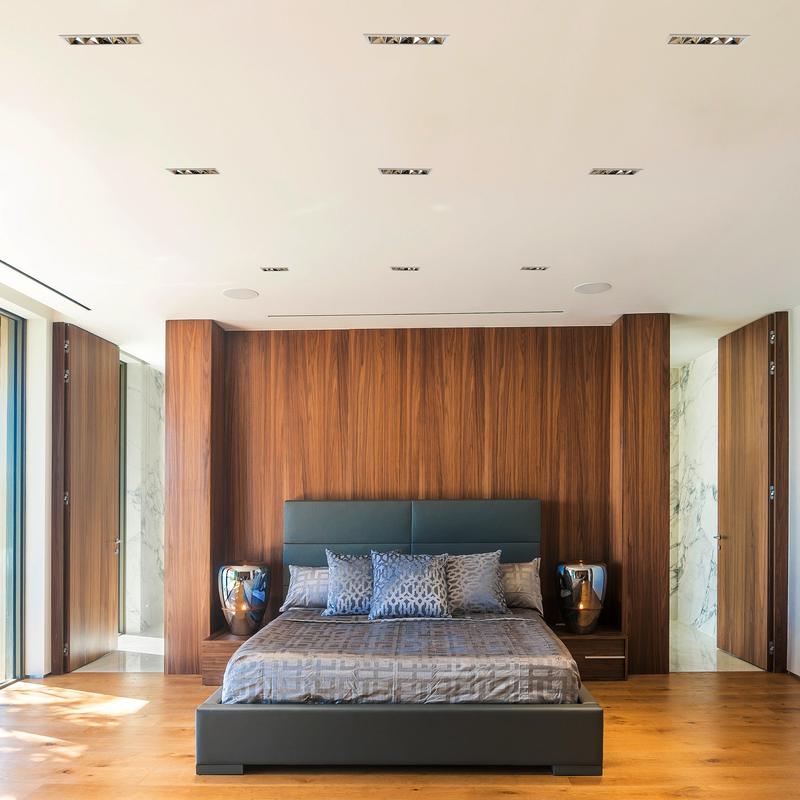For energy saving, LED has been a great promotion until now. A good LED power driver will directly affect the life of the LED, which is also a main issue f or the LED power supply designers. This article describes some points of the LED drive power in the hope that engineers can get a little help.
1.The driving circuit directly affects the life of the LED.
The LED driver we are talking about includes a digital driver and analog driver. Digital driver means digital driving circuit, including digital dimming control, RGB full color changing and so on. Analogy driver means analog driving circuits, including AC constant current switching power supply, DC constant current control circuit. A drive circuit is composed by the electronic components,  including semiconductor elements, resistors, capacitors, inductors, etc. Any of these components failure will cause an entire or part of the circuit function failure. LED has 5-10 million hours life time. For example for 50,000 hours life, we operate it continuously; it comes to nearly six years of life. But switching power supply life is difficult to have six years. In the market, switching power supply warranty is generally 2-3 years, if up to 6-year warranty power , the price is 4-6 times than the normal power supply. So LED breaking down mostly because drive circuit.
including semiconductor elements, resistors, capacitors, inductors, etc. Any of these components failure will cause an entire or part of the circuit function failure. LED has 5-10 million hours life time. For example for 50,000 hours life, we operate it continuously; it comes to nearly six years of life. But switching power supply life is difficult to have six years. In the market, switching power supply warranty is generally 2-3 years, if up to 6-year warranty power , the price is 4-6 times than the normal power supply. So LED breaking down mostly because drive circuit.
2. The heat problem
 LED is cold light source; operating junction temperature can not exceed the limit, but also to leave a margin design. LED lamp does not have a long history, little experience can be learned, and many designs need to be constantly improved. Some manufacturers use LED lighting power from outsourcing; lighting designers do not know much of the power, leading to LED heat dissipation larger space,
LED is cold light source; operating junction temperature can not exceed the limit, but also to leave a margin design. LED lamp does not have a long history, little experience can be learned, and many designs need to be constantly improved. Some manufacturers use LED lighting power from outsourcing; lighting designers do not know much of the power, leading to LED heat dissipation larger space,
the power supply small cooling space. Generally after designing the lighting and then find a suitable power source facility, which has some problems for the gives power supply matching. There are some reasons that cannot find a suitable power supply: the small light inside space, the high inside light temperature and low cost control. Some LED lamp has research and development capabilities, evaluate power supply design at the beginning then can solve these problems. In a word, both led and power supply heat dissipation need to be considered in the design, controlling lamp temperature rise, which then can design better lamps.
3. The power supply design problems:
a. Power design.
Although the LED has high luminous efficiency, but there is still 80-85% of the heat loss which resulting in 20-30 ℃ temperature rise inside the lamp. If the room temperature is 25℃, then the inside the lamp there is 45-55 ℃.If the power supply is working for a long time with high temperature environment, to ensure the life we must increase the power margin, generally the margin need to be left to 1.5-2 times.
b. Component selection.
When lamps internal temperature at 45-55℃, the temperature inside the power supply there are about 20℃, the temperature near the element need to reach 65-75℃. Some element’s parameter will drift, and some life will be shortened when in a high temperature working environment. So when you want to choose component, pay attention to a high temperature working environment and especially the electrolytic capacitors and wires.
c. PCB layout design.
LED lighting power supply is left to smaller sizes (unless it is an external power supply), so there are some more factors need to be considered. An enough safe distance is required. If it is the metal case, the entire power distribution board should also consider the safety distance from high-pressure part to the housing. If no space to ensure a safe distance then need to take actions to ensure the insulation, such as punch holes in the PCB, add insulation paper, insulation potting glue. Layout must also consider the heat balance, the heating element need to be evenly distributed, not be centralized to avoid local higher temperature. Keep away from heat can slow aging and prolong life for the electrolytic capacitors.

